There are two ways you’ve clicked on this article.
One, you’re curiously horrified at the image of a huge, disembodied tongue, and you came here to see how in the world anyone could consider that thing as food. Two, you’re one of the enlightened few who have access to beef tongue and know that within its disconcerting-looking mass is some of the most tender and delicious beef you’ve ever tasted — and you want to know how to bring that promise into your kitchen.
This article is for both of you.
For the curious, I hope to at least give you food for thought on how to use the weird cuts of meat you’ve seen out of the corner of your eye at the butcher shop. For those looking to bring true nose-to-tail cooking to their own culinary practices, I hope to help you learn how to process an unfamiliar, incredibly tasty cut that should be more widely enjoyed.
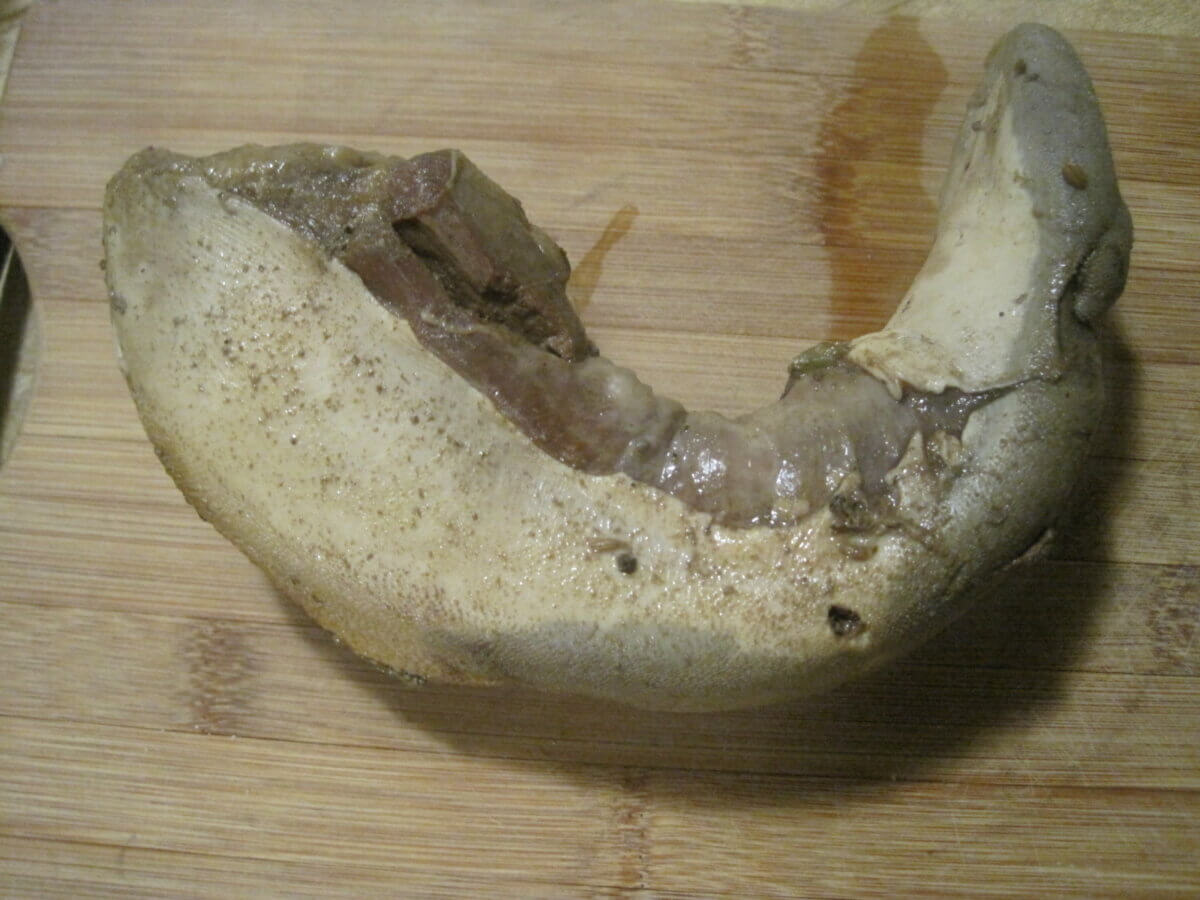
What Is Beef Tongue?
Beef tongue is, quite obviously, the tongue of a cow. It’s a powerful muscle, which means it is a big piece of gristle-free, no-bone meat once it passes through a butcher shop. The tongue is often classified as offal even though it’s not organ meat in the same way kidneys, hearts, or livers are. Sadly, because offal and organ meat are not often included in the Western diet, this bit of the cow is wasted, either turned into animal food or discarded.
For the kitchen warrior looking to reduce food waste or the homesteader looking to utilize every part of the animal they’ve so painstakingly raised, or for the thrifty home cook who knows that underutilized cuts of meat often mean big savings, beef tongue is an opportunity for good eating.
What Does Beef Tongue Taste Like?
I’m a big fan of mineral-rich organ meat, and have no problem with the flavor of a heart or liver (flavors often described as acquired tastes). But when it comes to beef tongue, there is no taste the eater need acquire. When slow-cooked and prepared properly, it’s the richest, most tender, most flavorful beef you’ve ever eaten.
If you have ever had a decent beef stew, then you know a shadow of what beef tongue tastes like. I don’t think a casual eater could possibly distinguish between beef tongue and “normal” beef in any dish … except they may think the tongue tastes better.
How Do You Buy Beef Tongue?
I buy my beef tongues directly from a cattle ranch near my home, and if you are so geographically blessed, you can likely work out a similar deal. Lacking that, however, you can ask around at your local farmers market or butcher. Beef tongue may also be available at “normal” grocery stores, but it’s unlikely you’re ever going to find a regular display of them.
You’re better off asking questions from someone behind a counter. Or you can often find these offbeat pieces of meat at ethnic markets.
How Do You Cook Beef Tongue?
In my experience, the best way to cook beef tongue involves some tender attention and time. First, the tongue needs to be slow cooked in a weak brine for a few hours. I employ my wood stove for this task, though a slow cooker or a pressure cooker could also accomplish the job handily.
Place the beef tongue whole in your pot and completely cover it with water. Add 2 teaspoons of salt, a sprinkle of cumin and coriander seed, two bay leaves, and black pepper. Cover, bring to a boil, and simmer for three hours (but the longer it can simmer, the better the final result will be).
Remove the tongue from the (now delicious) broth and save that broth for a tasty soup some other time. Place the tongue on a cutting board and allow to cool until you can handle it without burning your fingers.
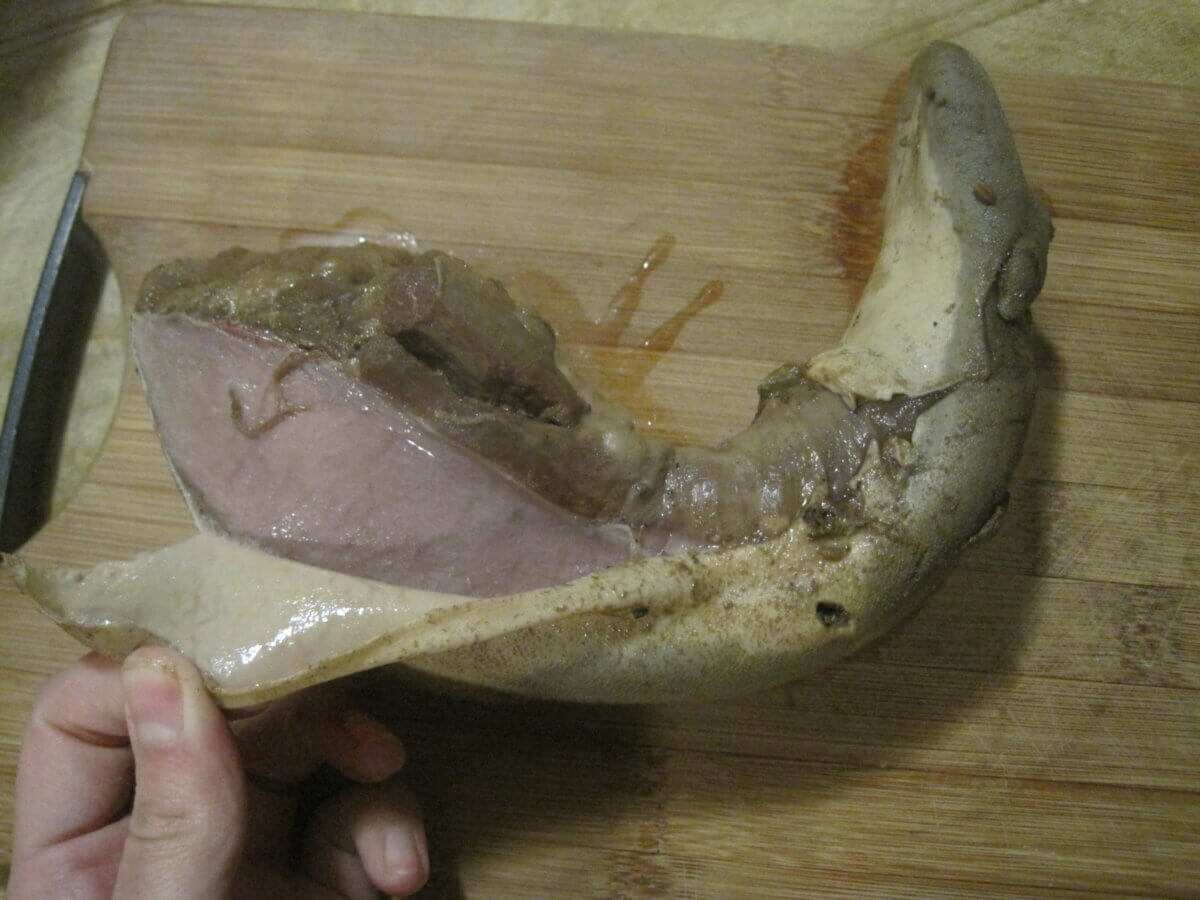
Now, remove the outer skin. If the tongue was cooked long enough, you’ll be able to do this easily with your fingers and simply peel it off. The removed bits of skin can be thrown to your chickens or farm dog. As you well know, they have no compunctions about the look of a thing before they eat it.
You may now need to remove the base of the tongue (if it is still attached). It will feel hard and cartilaginous. Simply slice and give that to your spoiled chicken coop.
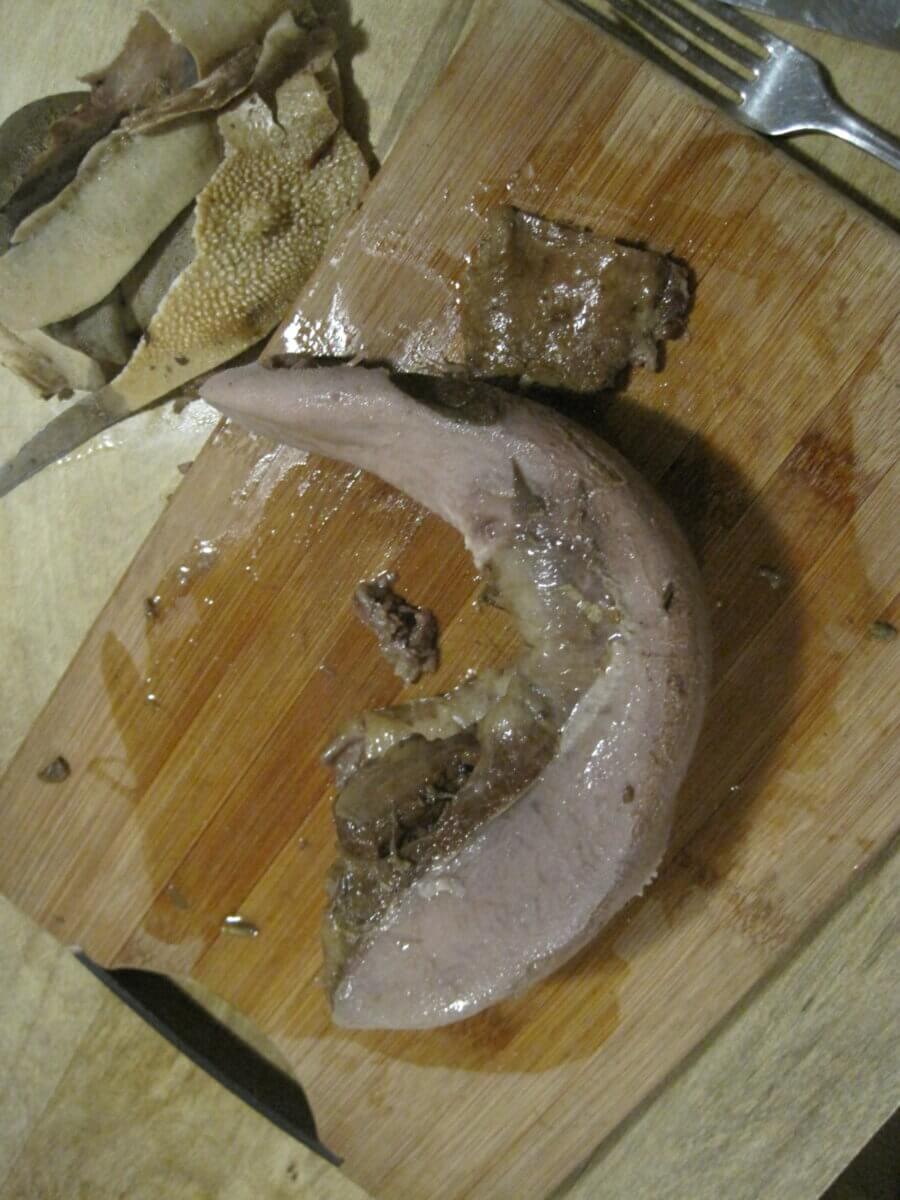
What remains on the cutting board will be tongue-shaped, but it is really just an unctuous, rich, moist piece of tender beef. Either slice it or shred it for your future dishes, and you’ll be in a tasty place. If you’re worried about the family accepting tongue at the table, I can guarantee that once cubed or shredded, no one will be any the wiser about exactly where on the cow the delicious meat originated.
I should mention for planning purposes that I usually cook the tongue a day before using it. There’s no rushing the slow cooking.
How Can You Use a Beef Tongue?
There are many traditional recipes from around the world that value this unique cut of meat and feature it in their most festive dishes. After all, you can get pounds and pounds of ground meat or steak from a single cow, but you only get one tongue. Viewed in that light, the tongue is a delicacy to be treasured, not a nasty waste bit to throw to the dogs.
Here’s a beautiful video from Kyrgyzstan featuring gorgeous mountains, and of course, a traditional recipe for beef tongue.
Or you may enjoy this Uzbek recipe for boiled tongue (yahna til) or “The Greatest Way to Cook Beef Tongue.” You’ll have to be the judge of that!
In my own kitchen, I like to view tongue in the same way I would use the most tender and flavorful of long-cooked beef. When shredded and seasoned, it is an amazing (and I mean amazing) filling for tacos, enchiladas, and burritos, which is something that Hispanic cooks have known for ages.
In fact, you may have seen lengua burritos at a taqueria or food truck in your area and been ignorant of the fact that “lengua” is Spanish for tongue. Don’t pass those up next time.
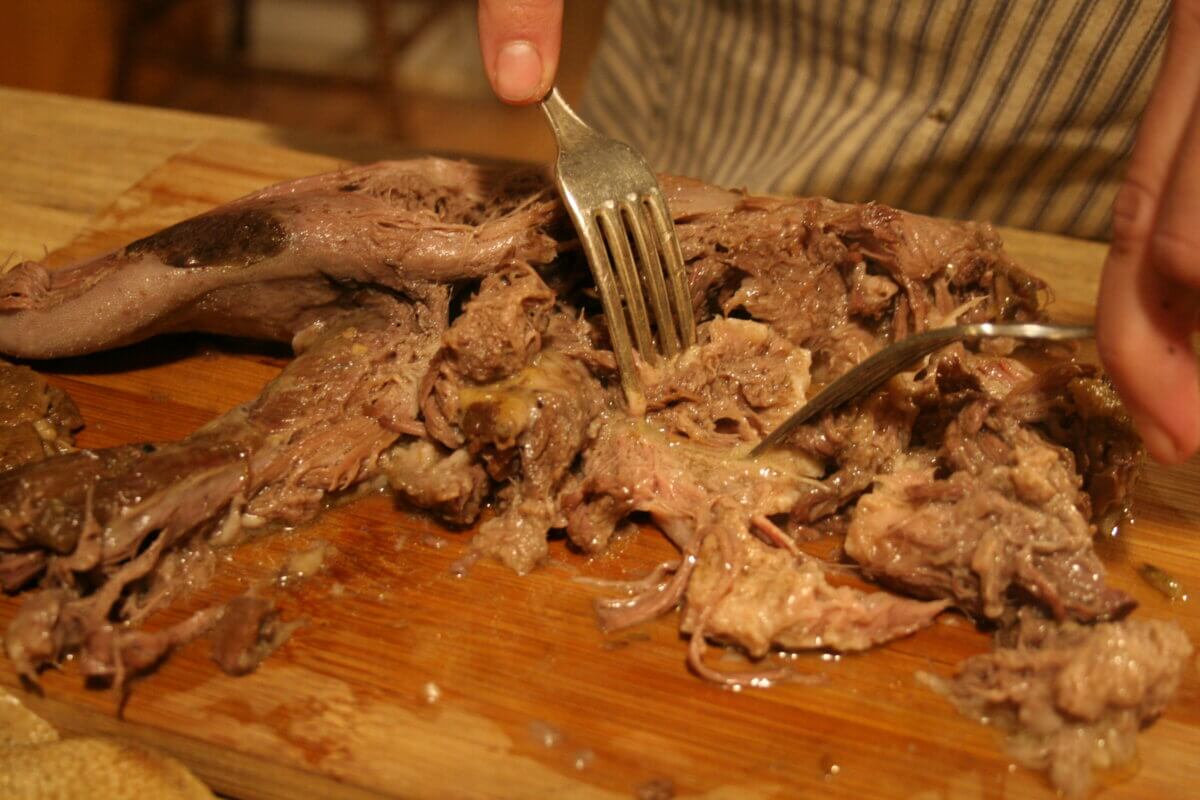
On that, here’s a traditional recipe for lengua taco filling.
Beef tongue also is excellent in a beef stew (add the cubed meat and the broth to sauteed vegetables for a quick version of the slow-cooked classic) or mixed with a spicy, savory sauce and coleslaw in a shredded barbecue beef sandwich.
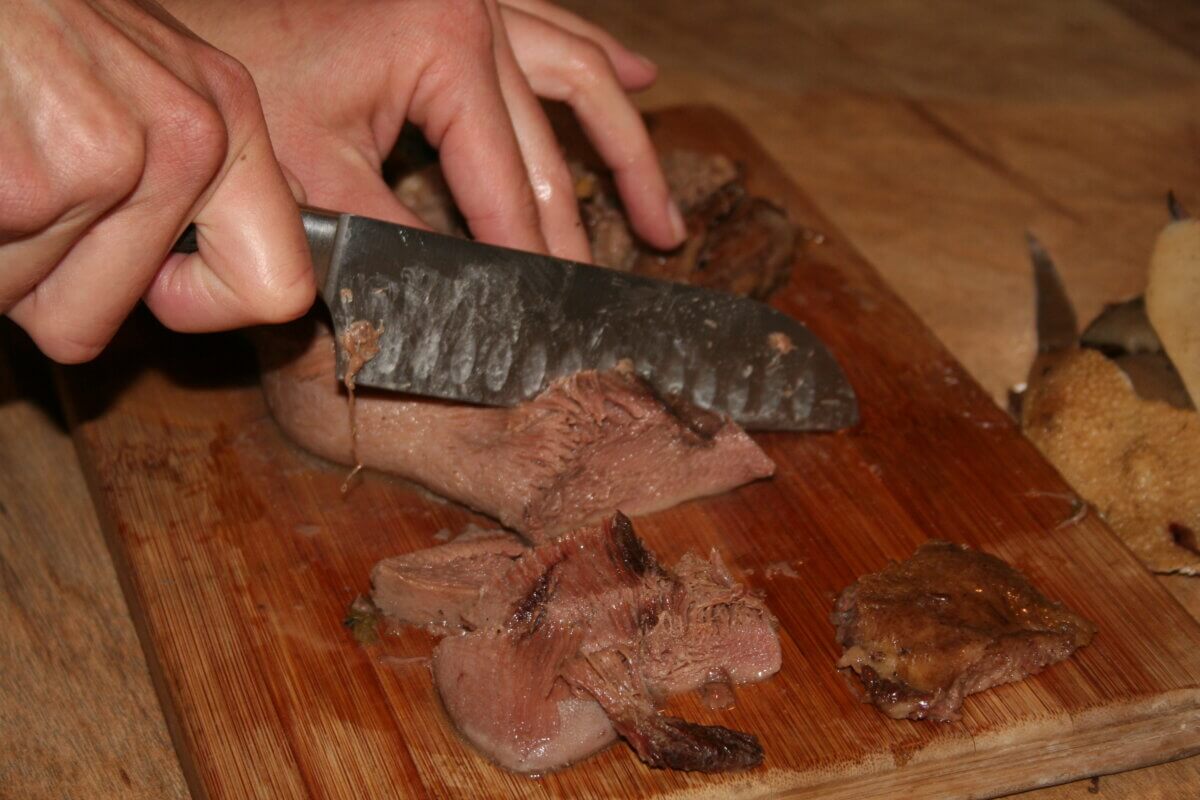
Give Beef Tongue a Go
The basic take-away is this: Anywhere you can imagine using shredded or slow-cooked beef, you can use beef tongue. If you are able to get away from your initial knee-jerk reaction of “Eww, it’s a big ol’ tongue!” you will be privy to a wonderful series of future dishes to feed your family and keep yet one more bit of an animal from being wasted.
This is just my opinion, of course. Is there anyone else out there with a favorite recipe for beef tongue? Was it a common or seasonal appearance in your family’s menu, or have you never seen one in the flesh? Do you have stories about that one time you terrified your 10-year-old when she opened the fridge and saw the disembodied tongue thawing? We’d love to hear our community’s stories, tips, tricks, and questions below.




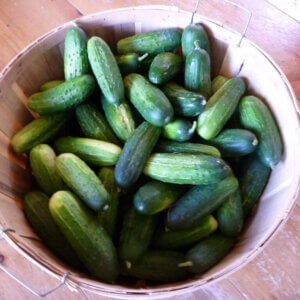
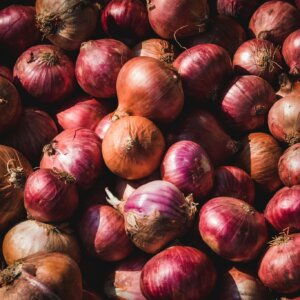














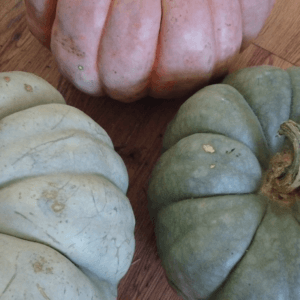

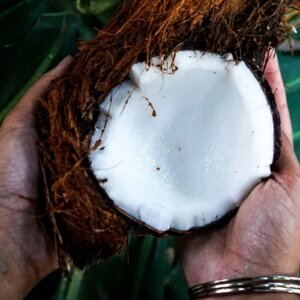


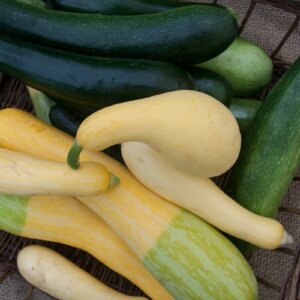









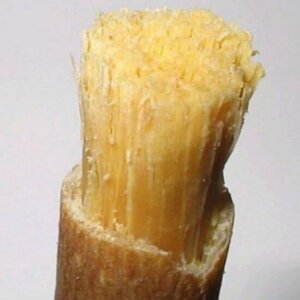





I am a woman whose father was raised on a dairy farm. My grandmother used every inch of each cow that they slaughtered. My mother was a city girl and would have nothing to do with a dinner of tongue, but I remember how good it was, served with mashed potatoes and a creamed horseradish sauce. My husband is a city boy and wants nothing to do with it, so I don’t make a beef tongue very often. But when I am feeling nostalgic and want old-fashioned food, beef tongue is what I make. Also, use onions and celery in the stock, it bumps the flavor up several notches.